From studying stem-cells to designing table lamps, the Italian designer tells Betty Wood why science and design are more related than you’d think
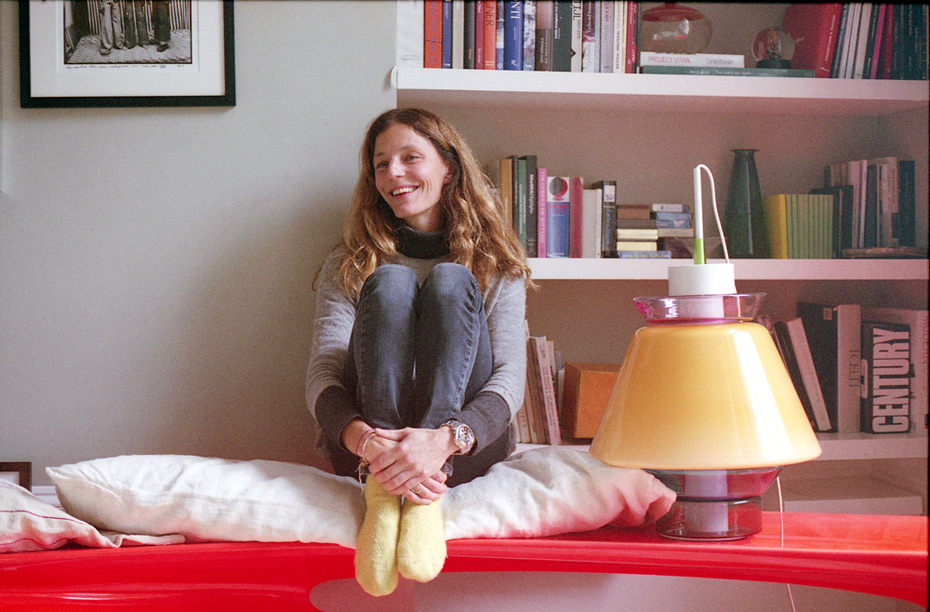
Photography Liz Seabrook
Glassware designer Paola Petrobelli is a renaissance woman: trained as a microbiologist and a competitive international motor-cross racer for years, 15 years ago she began designing glassware that garnered international attention for its sensuous shapes and rigorous forms. Informed by a fascination with architecture and a desire to push the material to the limits of its structural possibilities, Betty Wood caught up with the designer at her London home to talk about her journey as a designer.
You trained as a molecular biologist, but left medical research for a career in design. What was it about working with glass that convinced you to change career so radically?
I was writing my Masters dissertation at the library of the London school of Hygiene and Tropical Medicine. I remember spending half of my time writing, and half of my time thinking, what do I really want to do?
I was about to start a PhD when the research grant was delayed. I thought, you know what, I’m going to see if I can really start something else. I realised that there’s one thing I really know about – glass. I grew in Padua, 50km from Venice, where you see a lot of it. When I knew I wanted to make and design things, I thought there’s space for someone to be doing something better than what is being done at the moment with glass. So I moved to Venice for a few months, went to different companies and glassblowers to see how they work…
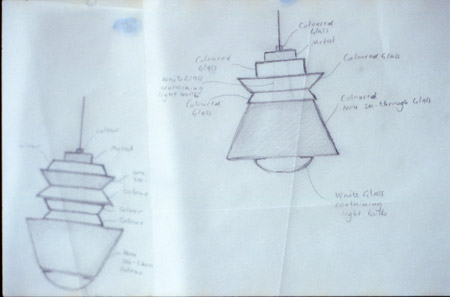
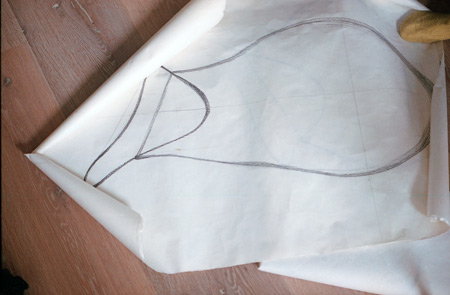
Was it difficult, particularly as a woman, to gain access to the world of glass blowing and design?
Well, I only design. Fortunately, the Italian men I work with are open to working with women. But my glassblowers – it took them 10 years to actually think that my work means something! They’ll say “Oh, this one is actually nice”, or they’re like, “Really?! Why are you doing it like that? You should do it like this…” They’re quite opinionated. I mainly work with the same glassblowers as when I started, and we’ve established a nice relationship. But I do think they found it amusing [at the start] to see this girl show up and say, “We’re gonna do it like this”. Obviously, when you design something, the first thing people say to you is, “Oh, you can’t do it…” You always have to keep pushing!
Where do you gather inspiration and influence from?
I try not to see too much, because as soon as you see something, it sits in the background of your mind, and it’ll pop out somewhere… The kind of glass that interested me were the objects designed by architects such as Scarpa, Sottsass or Aalto in the 20th century; objects with strong thought behind them rather than crafty bowls or decorative vases. I like my work to have shape and function, and not get lost in decoration.
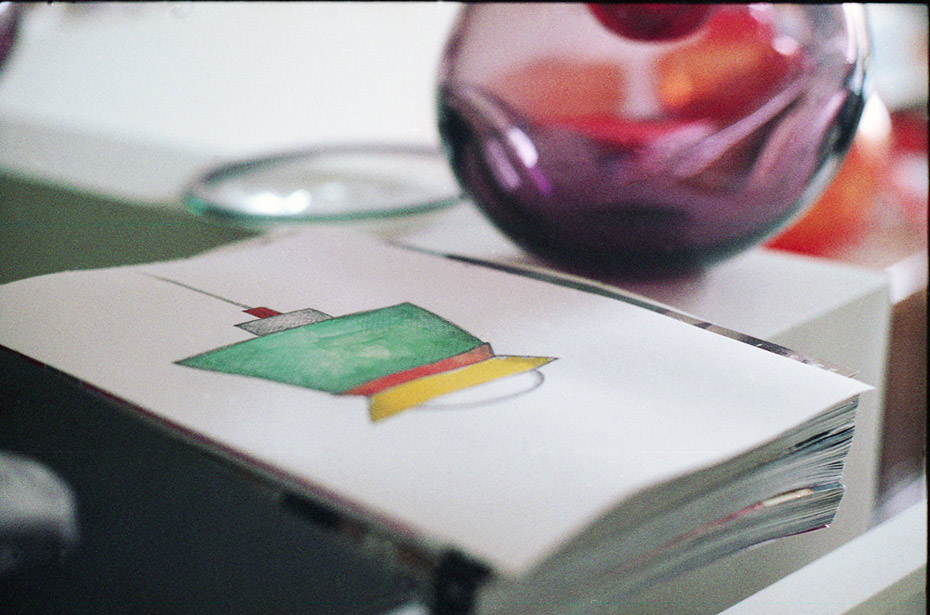
What is it about ‘decoration’ you’re adverse to?
I don’t dislike decoration just for the sake of it. I think glass has a side that is playful, but it’s different from something that is purely decorative. It is very easy to end up with a highly decorated, colourful piece of glass, but it is what I call a lazy approach to working with glass: you add layer upon layer of color, you blow it, it’s organic, and it’s round. I want to try and make the material do what I want it to do, to push it to make something more interesting.
What about the influence of your personal background? How has that manifested itself in your work, both in your approach and in the modularity of your designs?
My scientific training is very much reflected in the way I work. I like solving problems, I like a challenge. There’s always a sketch followed by a scale drawing, it’s very precise, rational and sequenced. Whether there are any other influences I don’t know…
How about organic structures, lines and patterns?
I like modularity of things; I like repeating patterns, so probably. I looked at so much stuff in the lab: the results of experiments, proteins being separated on an electrophoresis gel– they give you bands and patterns and lots of colour too. When you work with cells, you use fluorescents markers to identify molecules…I never thought about it, but it may be true.
Technically, how do you achieve the clean lines of your designs?
A lot of my work is blown in moulds, and the reason for that is because it is the best way of controlling the shape. People say that architects and designers are control freaks; well I must really be one of them because I don’t want my glassblowers to decide that a piece should be a little bit taller or a little bit shorter, because it’s really hard to control! Literally, it’s like giving shape to a soap bubble; without a mould, it’s really hard to have sharp angles or corners. It’d be impossible.
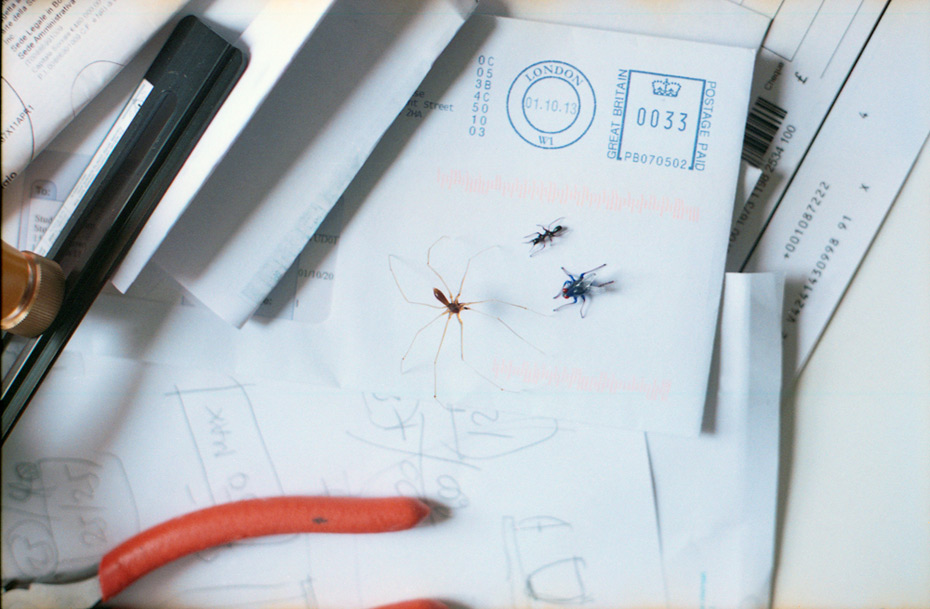
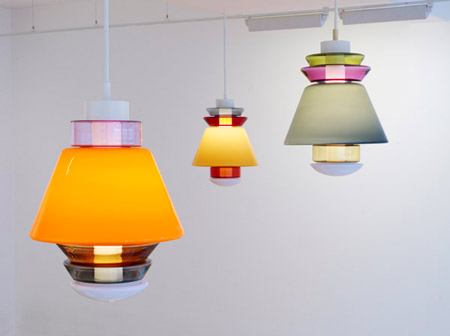
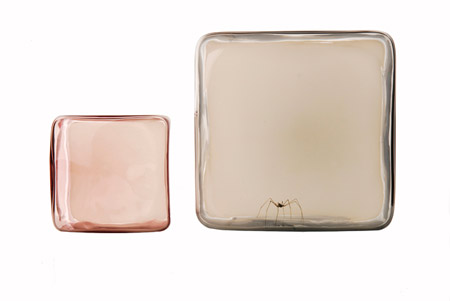
How do you approach colour?
There’s no rational approach to colour in my head; I look at two colours, and go, “This works”, or “This doesn’t work.” I enjoy colour, and that’s one of the reasons I like working with Venice – I like the colours they make. If you look at places like the Czech Republic where they blow glass, somehow the colours they produce are slightly different. I find them colder; they’re more on the blue side of the spectrum. Venice has a lovely set of warm colours.
Colour itself doesn’t scare me – I really like it. It’s personal of course, but some colour combinations are completely horrific, and you see a lot of that in glass. Again, you see, it’s a lazy approach; shapeless things with colour colour colour and it’s wrong! They just fight.
Do you see yourself first and foremost as an artist, or a designer?
I am a designer. I like designing objects that have a function – for me, that’s the ultimate challenge. An artist is somebody who deals with a different set of problems and themes, and has a different way of expressing them. I like the practical aspect of my work; it needs to work.
I know the distinction between art and design is getting blurrier, people like to make it blurry, but for me it is not. I wouldn’t design a chair that one cannot sit on; I think that’s absurd. There are people that find it interesting, and challenging intellectually, but I’m like, “Lets be practical! It doesn’t work? Then it’s not successful!”




